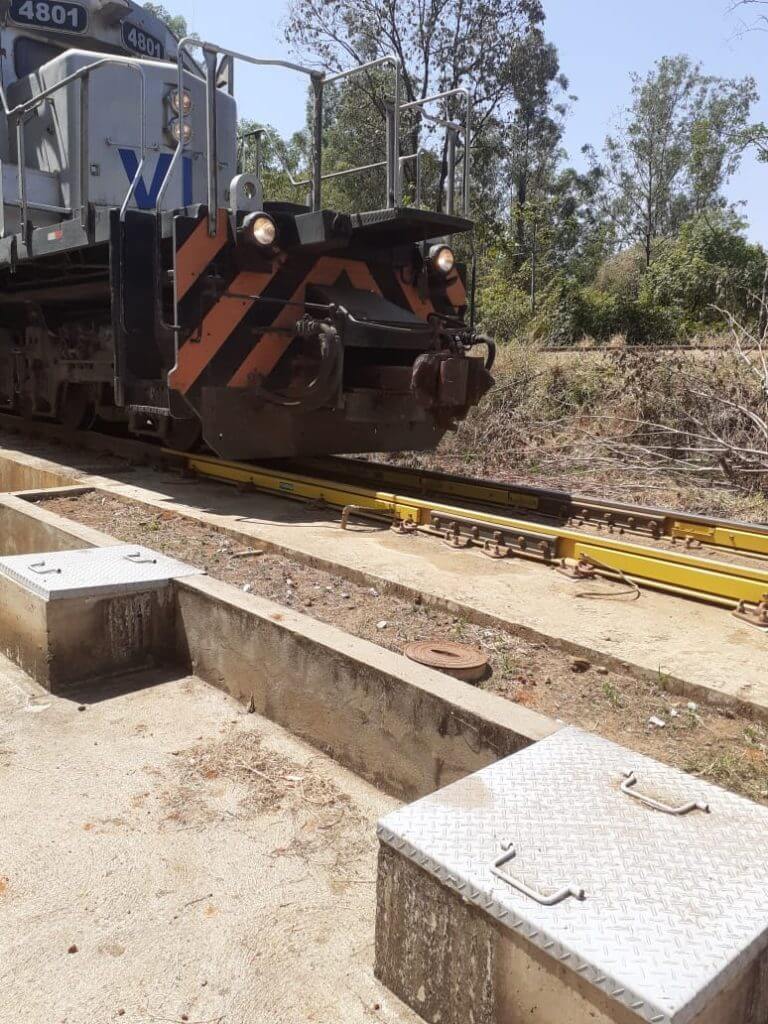
What are the main train problems in the industry?
The history of the use of railroads in Brazil is long, having its first records in the middle of the 19th century. However, over the years this model of transport has been left out, neglected by other modes of transport. With this, due to the precariousness, several train problems started to appear during transportation.
In contrast to the scenario, in recent years, the private sector started to invest heavily in this sector, reaching the mark of R$ 50 billion in the creation of new railways, expansion and improvements. However, the entire railway structure still needs to evolve a lot to have a satisfactory use in a country with continental dimensions.
Therefore, go on and read about the main train problems that directly affect the Brazilian industry. In addition, find out in more detail how the process of abandoning the railway system in the country was.
Content Index
When were railroads forgotten in Brazil?

The scraps of Brazilian railroads began to emerge under President Washington Luís, between 1926 and 1930. He was a president closely linked to the aspect of road development, and many historians attribute to him the phrase “governing is opening roads”. One of the milestones of his mandate was the construction of the Rio-São Paulo highway.
The following governments, of Getúlio Vargas and Juscelino Kubitschek, maintained the same policy. JK even stimulated car manufacturers as a driving force for the growth of the Brazilian industrial park. During the military dictatorship, which lasted in Brazil from 1964 to 1985, the military made use of a 1955 law that sought to “eradicate uneconomical branches” to eliminate lines with no demand for passengers or cargo.
Train problems in the industry

Now that you know a little more about the history of railroads in Brazil and how they ended up being left behind in relation to road development, the time has come to know how this and other factors end up causing train problems in the industry.
Check out below 5 problems often faced by industries that need and use trains to transport cargo and goods:
1- Lack of railway network

One of the most serious current complications of the Brazilian railway network is the lack of extension of tracks. With a modest and often mistaken investment over the past few years, many places that would need a railroad for the disposal of a production do not have, having to always choose the road network.
In addition to this point, a significant part of the railway network already installed presents problems that hinder or prevent its use. This is what the study demonstrates “Rail transport: putting competitiveness on track” carried out by the National Confederation of Industry (CNI), based on data from the National Land Transport Agency (ANTT). “Rail transport: putting competitiveness on track” carried out by the National Confederation of Industry (CNI), based on data from the National Land Transport Agency (ANTT).
According to this survey, 30% of the country's railroad extension is unusable and 23% are not operational. For the specialists who developed this research, railroad concession contracts signed in the 1990s also have a large part in this problem.
2 - Problems in weighing the load

A very common train problem among industries is related to the weighing of trains, both at loading and unloading. This is because by not making an adequate assessment of the weight to be transported, there is a risk of damage to the structure of the train and wagons as well as to the railway network.
Thus, to avoid the occurrence of such disorders, the ideal is to have modern weighing equipment that guarantees high precision, as moving weighing scales from Massa Pesagem.With models with accuracy class ranging from 0.2% to 1%, they allow a great operational gain, being able to be installed close to loading and unloading areas of wagons prepared for stopping maneuvers, advances and returns on the scale during weighing, making the weighing process of the wagons is transparent to the railway operation.
This aspect is extremely valuable when there is a flow of wagons above 30 a day. Being stuck with outdated technologies for the current market development, such as static scales, for example, can mean big losses for your industry, especially in the economic field.
3 - Little government incentive to solve train problems

As already mentioned, but which is important to note, many train problems in the industry that occur today exist due to the lack of government incentive in the past and the present, despite the recent initiatives to improve this scenario.Thus, to get an idea of what is happening today, 65% of cargo transportation in the country is done by trucks, even though the capacity of the trains is three times greater, for each wagon.
In the face of this situation, the Midwest region presents itself as the one that most needs a railway network today, to be able to transport its agricultural and mineral production to the Northern region of Brazil. A latent deficiency also concerns the service capacity of some ports in the South and Southeast.
4 - Inflexible routes

In the past, many railroad tracks have been thought and developed to move through urban areas, due to passenger transport. However, in the current scenario where there is almost no such need, a major problem arises for the transportation of cargo that affects the entire transportation system.
In addition to this fact, the high number of crossing levels, when a railroad crosses a highway, ends up increasing the number of accidents, hindering transport.
5 - Dependence on other means of transport

From the data presented there is now time and also the truck driver in 2018, the dependence of Brazil on transport by truck becomes clear, exposing the industries to have to opt for this service without having another viable option.
Conclusion train problems
In general, the train problems faced by industries in the market stem from a lack of investment in railway infrastructure that has been taking place in the country for a long time. So, to solve these train problems, you will need focused work, in addition to abundant resources.












